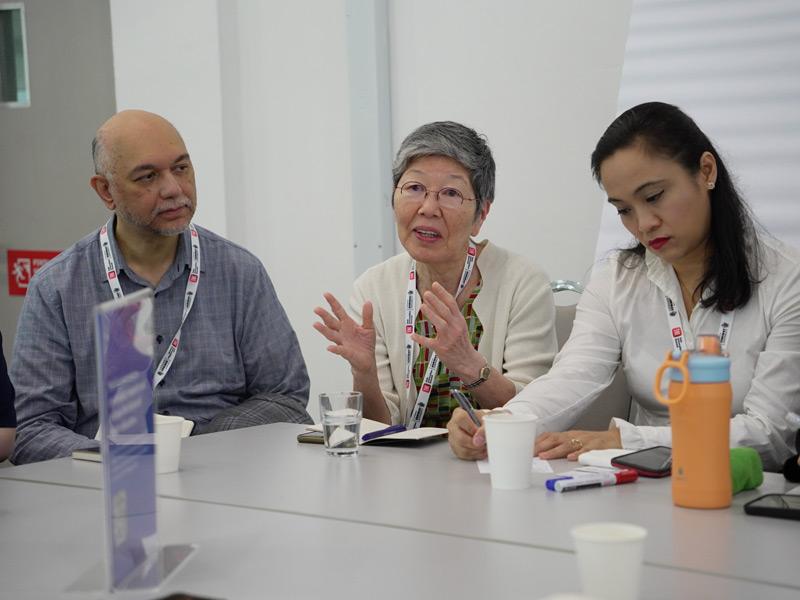
Institutions can use microcredentials and collaboration to stay agile in the AI-driven world

Many universities are changing their stance on AI, moving from scepticism to using AI tools to improve teaching and learning. While this enables them to enhance the quality of education and meet student expectations, institutions must address strategic challenges to stay relevant in the changing economy. During a recent thinktank workshop, held in partnership with Coursera at the 2024 THE Asia Universities Summit, academics and industry leaders from the APAC region discussed how universities can prepare graduates for the future workplace.
Student expectations and industry demands are evolving amid technological advancements, necessitating universities to be more agile, one panellist said. One of the strategies institutions can use to be adaptable is to personalise learning pathways. The focus must be on equipping students with relevant skills, and offering microcredentials is an innovative way to achieve this, the panellist noted.
Nur Jannah Mohamed, senior manager at the National University of Singapore, said the university encouraged students to use generative AI platforms such as ChatGPT at a time when there were calls to ban the use of AI tools in education. Mohamed noted that, if applied correctly, AI can support students in learning. It can also help institutions improve efficiency by automating administrative and admission processes.
Feedback from industry partners and students can help educators identify skills gaps and adapt the curriculum based on the needs of students and industry, said Abhijeet Birari, assistant professor at Christ University in India. He added that open dialogues with stakeholders helped the university to refine infrastructural development and integrate modern technology into the existing processes.
Coursera’s course builder is an AI-powered authoring tool that enables universities to produce custom modules leveraging Coursera's participating industry and academic partners, said Alex Foong, account director at Coursera. “You can combine your own content with Coursera’s content and launch the whole structure in just a few clicks,” said Foong. This helps universities to be agile and build custom courses to meet the current demands of learners.
Joyce Teo Siew Yean, assistant vice-chancellor and vice-president of global affairs at the Universiti Brunei Darussalam, said that the integration of industry microcredentials, such as professional certificate courses offered by industry leaders, into curricula enables the university to offer multidisciplinary education to students. She said that industry microcredentials make the academic structure more flexible so that learners can study at their own pace and create entry points for working professionals to reskill and upskill.
Coursera’s short courses and industry microcredentials are designed to bridge the curriculum-to-career gap to boost graduate employability. It’s essential for students to build transferrable skills, said Eklavya Bhave, head of Asia at Coursera. Even if industry partners look for graduates who have technical skills, they prioritise transferrable skills such as communication and critical thinking, added Bhave. Students who have a well-rounded set of skills are likely to excel in professional environments, even with job roles constantly changing, the panel noted.
However, professionals who have done the same job for years can be apprehensive of technology and may resist change, the panel agreed. Institutions must provide adequate training to support teaching staff to leverage technology in their pedagogical and assessment models, said Leya Lee, who is a regional business development executive at Coursera.
Learning opportunities arising from collaborations expand students’ experiential learning, close the graduate employability gap and widen access to education. It’s vital that universities strive to build dynamic partnerships with key stakeholders in the sector, the panel concluded.
Key highlights:
- Universities must be agile to cope with technological advancements along with changing industry demands and student expectations
- Feedback from students and industry partners can be valuable in identifying skills gaps and adapting the curriculum to meet the demands of both
- Establishing collaborations with industry enables institutions to develop existential learning opportunities for students and graduates
- Short courses and industry microcredentials help to bridge the curriculum-to-career gap and boost graduate employability by building transferrable skills
Workshop moderators:
- Eklavya Bhave, head of Asia, Coursera
- Simone Dilena, president for APAC, Times Higher Education
Find out more about Coursera.

